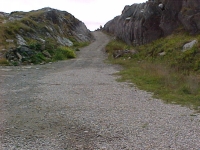 |
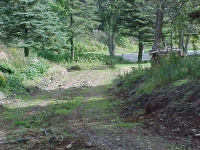 |
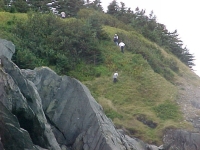 |
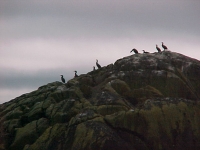 |
| Road to tip of Cape Forchu
Area #8 on Map |
The road at the top of the hill overlooking False Harbour. | Walking along the shore involved climbing some cliffs | Cormorant
Phalacrocorox olivaceous Known locally as a "Black Duck" |
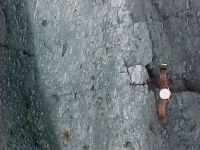 |
Basalt is the most common rock type in the Earth's crust (the outer
10 to 50 km). In fact, most of the ocean floor is made of basalt.
Basaltic magma is commonly produced by direct melting of the Earth's mantle, the region of the Earth below the outer crust. On continents, the mantle begins at depths of 30 to 50 km. Common minerals in basalt include olivine, pyroxene,and plagioclase. Basalt is erupted at temperatures between 1100 to1250° C. Picture |
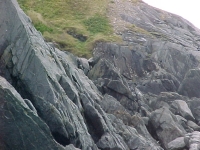 |
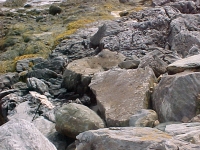 |
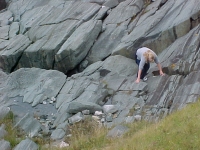 |
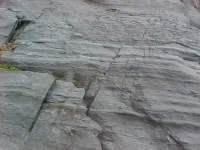 |
| Basalt Slabs Broken and Weathered | 9c_Rock_Cliff.jpg | Walking along the shore involved climbing some cliffs | Rock Cliff
Basalt Formation |
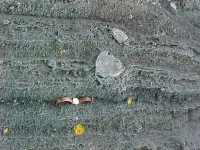 |
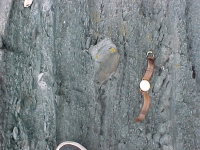 |
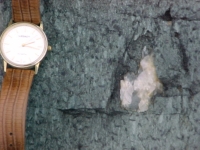 |
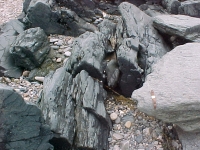 |
| Volcanic Bombs that hardened in the lava. | Inclusion
Vocanic Bombs |
Calcite inclusions | Ancient Pillow Basalt |
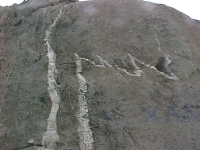 |
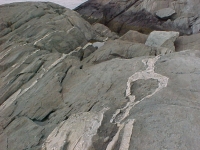 |
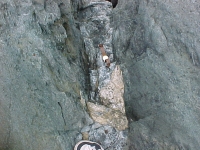 |
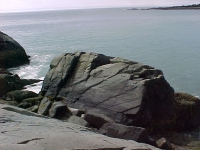 |
| Calcite Veins | Calcite Veins 2 | Thick Vein | Large Rock |
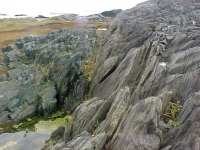 |
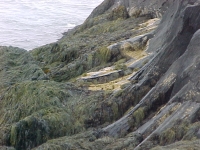 |
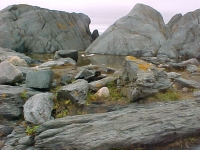 |
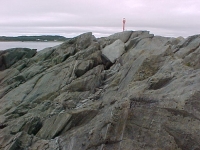 |
| Layering and cleavage of volcanic rocks | Erosion: Ushaped carvings from the last ice age | Ancient pillow basalt that has been stretched and deformed | Cape Forchu |
Pictures used with the permission of Gary Deviller YCMHS High School
| # | Link | Comment | |
| 1. | Nova Scotia Lighthouse Preservation Society | ||
| 2. | The Friends Of The Yarmouth Light Society | Map of area | | | |
| 3. | Basalt | Pictures of Basalt from google |
Return to the Cape
Return to
Yarmouth Villages
GrassRoutes Internet